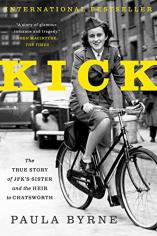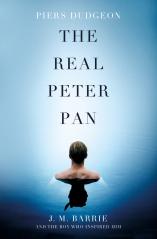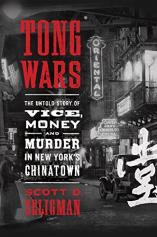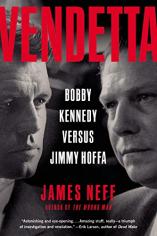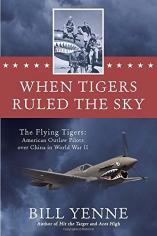July 2016
History Books Roundup: Reliving the Past
July 2016

July's roundup of History titles includes three books that focus on the Kennedys (BOBBY KENNEDY: The Making of a Liberal Icon, KICK: The True Story of JFK's Sister and the Heir to Chatsworth and VENDETTA: Bobby Kennedy Versus Jimmy Hoffa); THE HOUSE BY THE LAKE by Thomas Harding, a groundbreaking and revelatory new history of Germany, told over a tumultuous century through the story of a small wooden house; Bill Yenne's WHEN TIGERS RULED THE SKY, an in-depth account of the legendary World War II combat group, the Flying Tigers; and THE REAL PETER PAN, Piers Dudgeon's examination of the fascinating and complex relationships among Peter Pan's creator, J.M. Barrie, and the family of boys who inspired his work.




